What is Deck Height on Flatbed Trailers?
Deck height on flatbed trailers refers to the distance from the ground to the top of the trailer’s flat surface. This measurement is critical for various aspects of transportation and logistics, influencing loading capacities, safety, and compliance with height regulations. Understanding deck height not only aids in selecting the appropriate trailer for your haul but also ensures efficient loading and unloading processes, minimizing the potential for accidents and cargo damage.
Importance of Deck Height
Deck height plays a significant role in several operational aspects:
Loading and Unloading Efficiency:
- The height affects how easily goods can be loaded onto the trailer using forklifts or cranes. A lower deck height facilitates easier access, while a higher deck may require additional loading considerations.
Cargo Stability:
- Deck height impacts the center of gravity of the load. Lower deck heights generally reduce the likelihood of tipping, enhancing stability during transit.
Legal Requirements:
- Every state has regulations concerning maximum trailer height. Understanding the deck height helps in maintaining compliance with these laws to avoid fines and ensure safe transport.
Compatibility with Equipment:
- The chosen deck height must align with the height of loading docks and equipment being used during the shipping process. Mismatches can result in logistical challenges.

Key Factors Influencing Deck Height
When determining the most suitable deck height for flatbed trailers, it is essential to consider several elements:
1. Trailer Type
Standard Flatbed Trailers:
- Typically feature a deck height ranging between 48 to 54 inches. This height effectively balances load capacity with ease of loading/unloading.
Lowboy Trailers:
- These trailers are designed for transporting heavy and oversized loads and usually have a deck height of around 18 inches, providing a lower center of gravity for increased stability.
2. Load Characteristics
Weight Distribution:
- Heavy machinery and equipment may necessitate a particular deck height to ensure proper weight distribution and stability.
Dimensions:
- Consider the size of the cargo. Tall items might require trailers with higher deck heights to accommodate their vertical space.
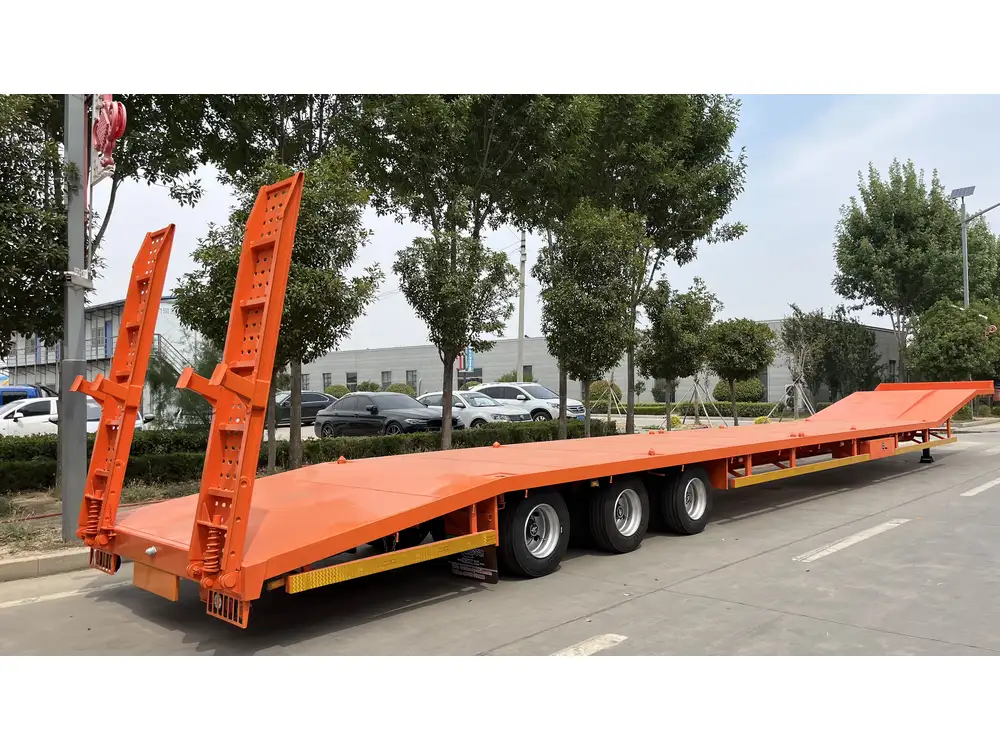
3. Road Conditions
- Terrain Variability:
- Driving conditions can vary significantly. For example, flatbed trailers designed for rough terrain may benefit from a slightly elevated deck to provide clearance over obstacles.
Measuring Deck Height: A Step-by-Step Approach
To measure the deck height accurately, follow these steps:
Tools Required
- Measuring tape
- Level surface for accurate measurement
- Flatbed trailer parked on a level ground
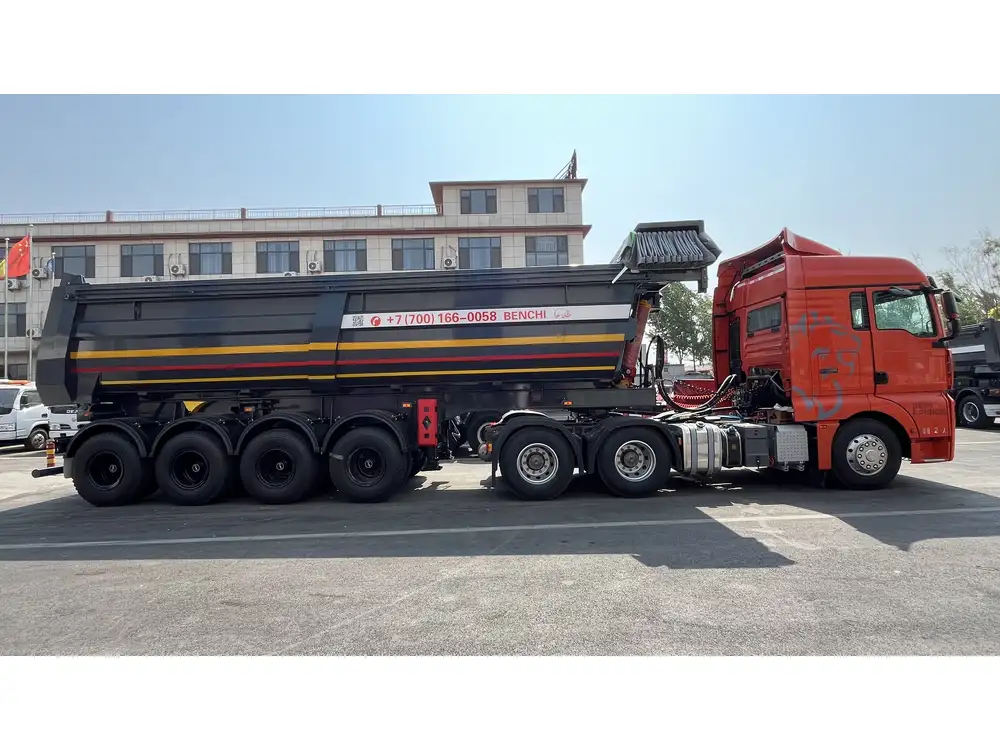
Measurement Process
Identify the Ground Level:
- Ensure the measurement area is flat and free of debris.
Extend the Measuring Tape:
- Place one end of the measuring tape on the ground at the base of the trailer and extend it vertically to reach the top of the deck.
Record the Measurement:
- Note down the measurement in inches or centimeters, depending on your preference. For standardized calculations, using inches is often preferred.
Visualization of Measurement
Here’s a simple diagram to visualize where to measure:
[Top of Trailer Deck]
|
|
| Deck Height Measurement
|
|
[Ground Level]How Deck Height Affects Weight Ratings
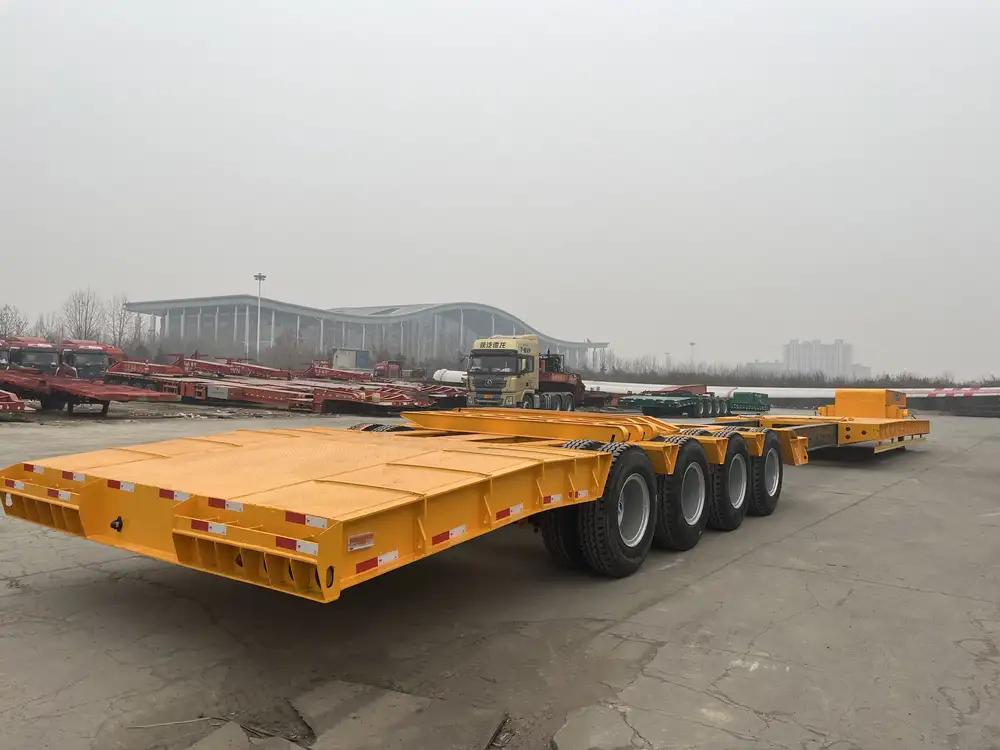
Understanding Weight Ratings
Every flatbed trailer is assigned specific weight ratings, including:
Payload Capacity:
- The maximum weight a trailer can safely transport without compromising structural integrity.
Gross Vehicle Weight Rating (GVWR):
- The maximum weight a trailer can handle, including its own weight.
Impact of Deck Height on Weight Ratings
Higher Center of Gravity:
- Increased deck heights can result in a higher center of gravity, which may affect weight distribution and overall stability.
Load Limits:
- A trailer with a lower deck height generally allows for more weight to be loaded effectively without breaching limits, as it promotes a lower center of mass.
Best Practices for Selecting Deck Height
Choosing the right deck height depends on the following considerations:
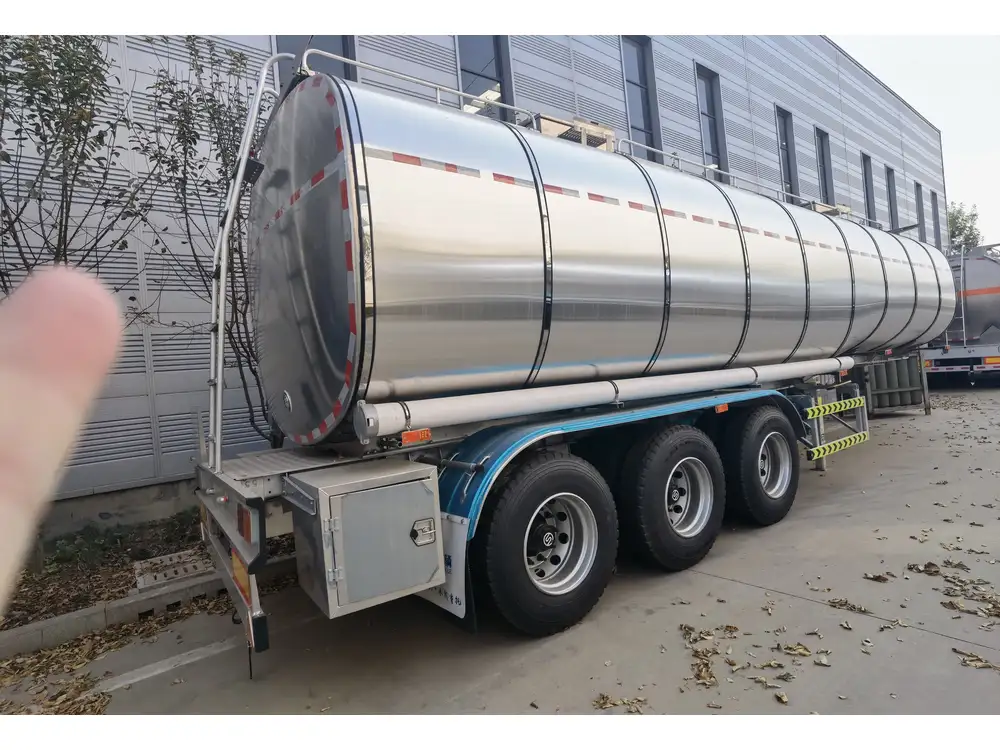
1. Assessing Cargo Requirements
- Understand Your Load:
- Weigh your cargo, consider its dimensions and shape, and ascertain whether any specific loading equipment will be utilized.
2. Evaluating Operational Needs
- Analyze Loading Procedures:
- Identify the standard loading and unloading equipment that will interact with the flatbed trailer and ensure it aligns well with the chosen deck height.
3. Reviewing Legal Compliance
- Check State Regulations:
- Familiarize yourself with local and federal regulations regarding trailer heights to avoid legal complications.
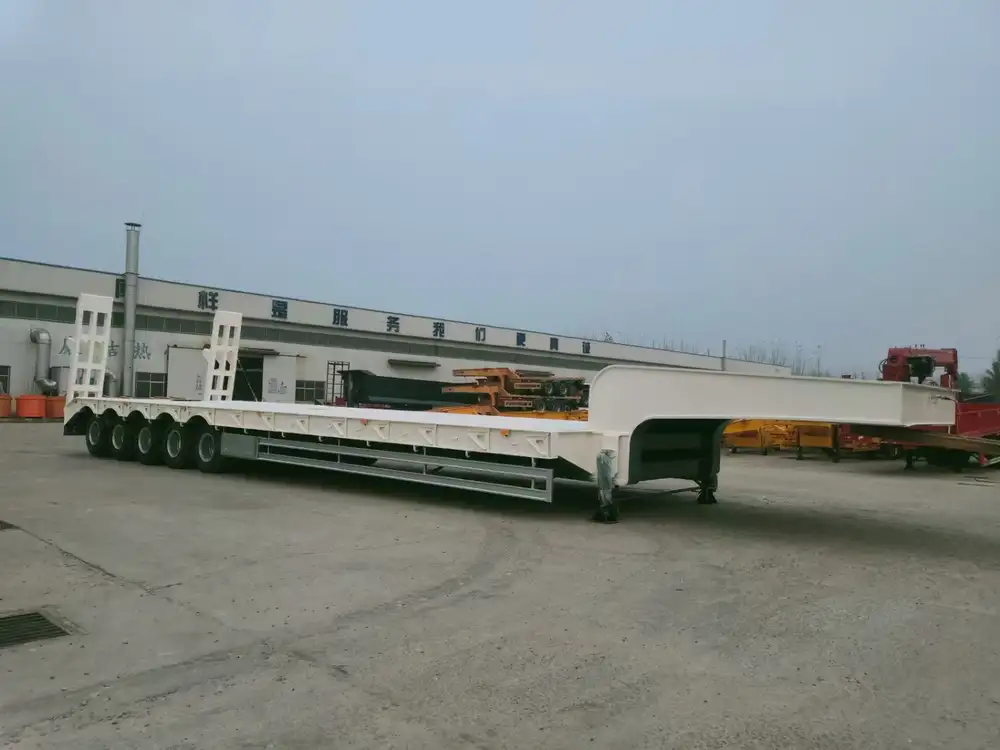
Deck Height Comparisons: Standard vs. Customized Solutions
| Trailer Type | Standard Deck Height | Typical Uses |
|---|---|---|
| Standard Flatbed | 48-54 inches | General cargo, construction equipment |
| Lowboy | 18-24 inches | Heavy machinery, oversized loads |
| Step Deck | 36-48 inches | Mixed loads requiring elevation variation |
| Extendable Flatbed | 48-54 inches | Long loads, adjustable length and height |
Maintenance Tips to Ensure Optimal Deck Height Performance
Keeping your flatbed trailer in prime condition will enhance its operational performance, including deck height reliability.
Routine Inspections
- Visual Checks:
- Regularly inspect the deck and structural components for wear, damage, or signs of sagging that may affect height.

Adjustments and Repairs
- Leveling Mechanisms:
- If signs of unevenness are observed, check and adjust any leveling mechanisms built into the trailer.
Proper Loading Procedures
- Weight Distribution:
- Ensure loads are evenly distributed across the deck to maintain a consistent height and avoid shifting during transit.
Conclusion: The Essential Role of Deck Height in Flatbed Trailers
Understanding deck height is crucial for anyone involved in freight transportation. It influences operational efficiency, safety, and compliance with regulations. By evaluating the various factors that affect deck height and following best practices in choosing and maintaining trailers, users can optimize their logistics process.
Incorporating the right deck height into your flatbed trailer selection process not only facilitates improved loading and unloading efficiency but also enhances overall vehicle handling and stability. This comprehensive exploration of deck height is designed to empower users with the knowledge necessary for informed decision-making in the transportation industry.
For further inquiries or assistance in selecting the right semi-trailer for your needs, feel free to reach out. Harness our expertise to navigate the intricacies of trailer specifications and operational standards.



